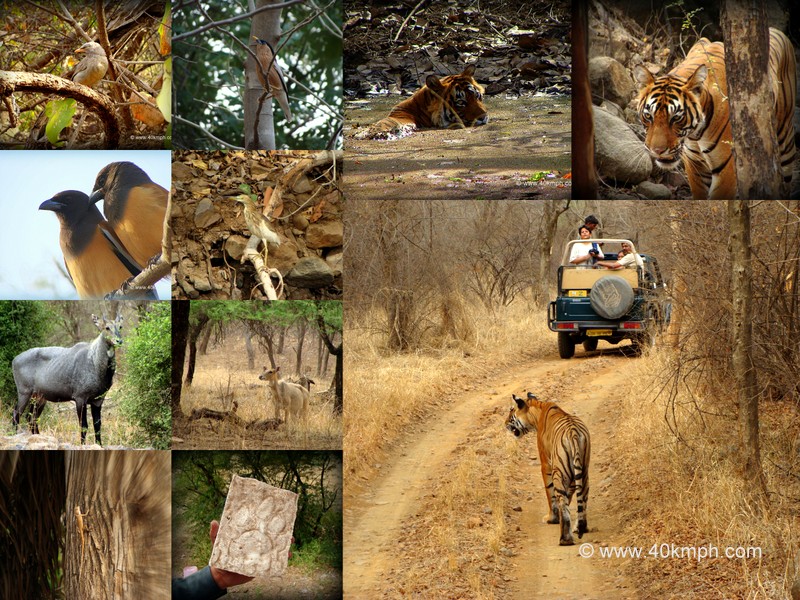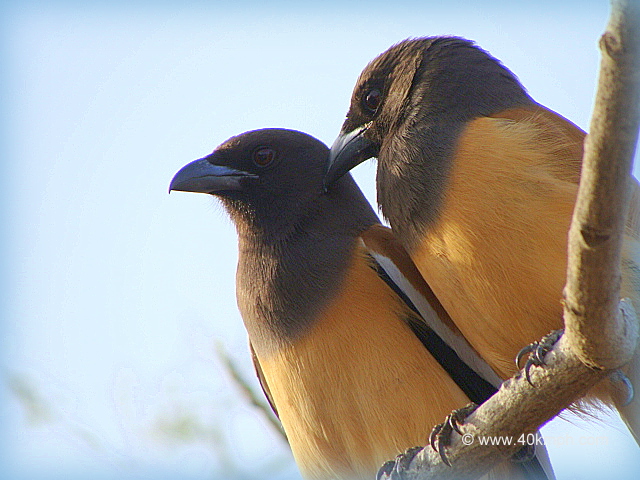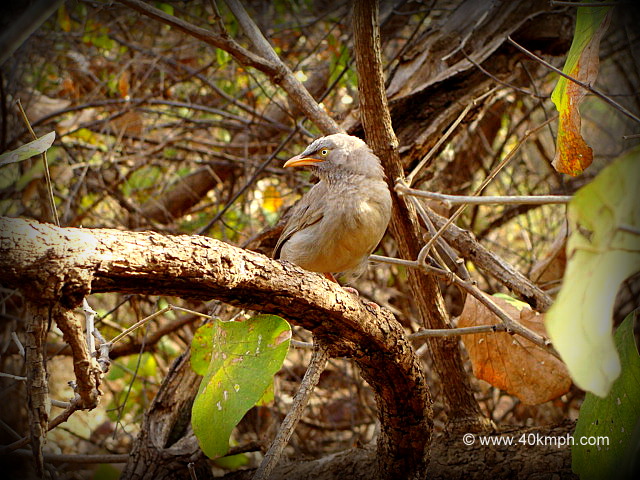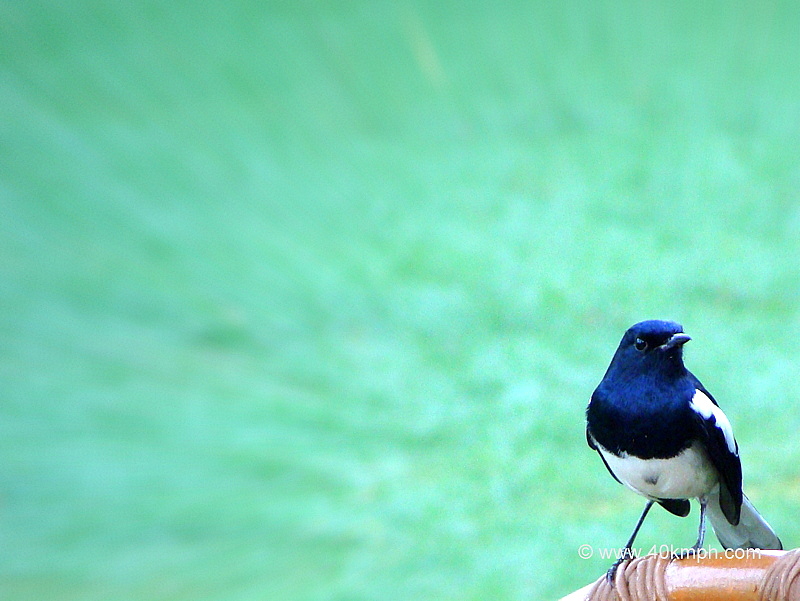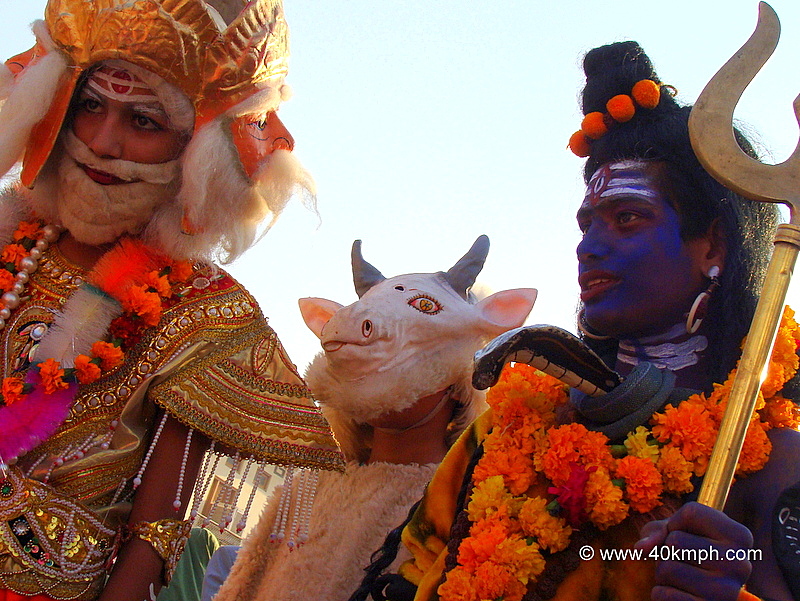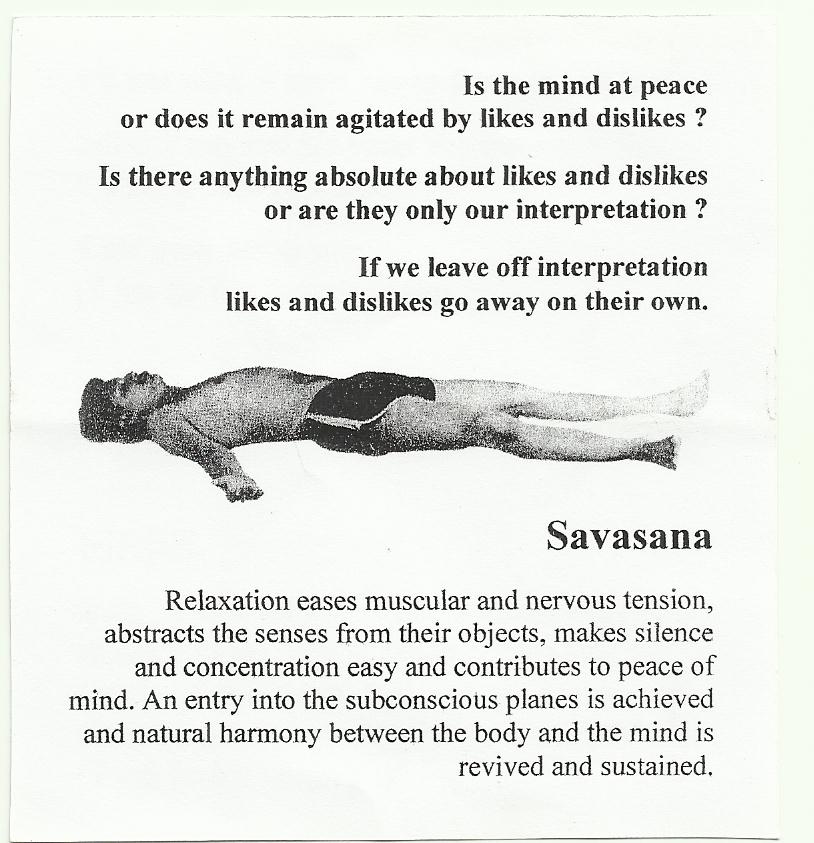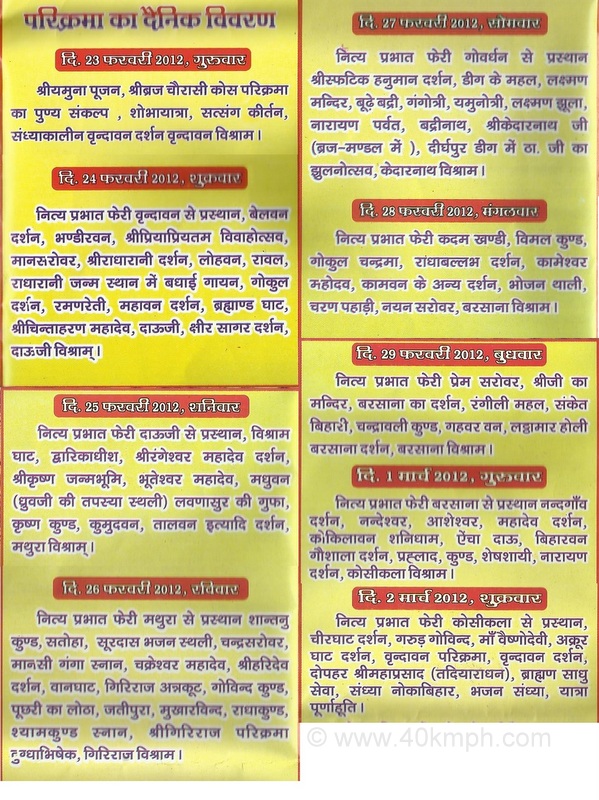Off-Season – April to September
Season – October to March
I was at Ranthambhore National Park during the winter season and had three visits twice by Canter (Petrol) and once by Gypsy but sighting of the tiger was not possible. What we saw were pug marks. Many say it is up to one’s luck – I agree. I was told by a local April, May, and June one of the best months to visit Ranthambhore National Park because at that time weather is hot, the jungle is dry and the tiger is in search of water. The possibility of watching the tiger is maximum.
April, May, June?
It is hot in Rajasthan State and train reservations are mostly full because schools are closed for summer vacations. Families start touring towards colder tourist destinations such as Himachal Pradesh, Uttarakhand, Jammu & Kashmir. Anyways, an online search for tickets was done and I was correct. All trains passing through Sawai Madhopur FULL including the tatkal option. I even tried to reserve a seat up to Kota but failed.
Sawai Madhopur is not very far from Kota. I thought if I reach Kota from Mumbai there are buses as well as trains for Sawai Madhopur. I kept searching ON as there are many trains from Mumbai stopping at Sawai Madhopur.
12925 Paschim Express
12979 Jaipur Superfast
12953 August Kranti Rajdhani Express
12955 BCT JP Express
12903 Golden Temple Mail
19039 Awadh Express
Finally, I was able to reserve a seat in Awadh Express.
Re: Awadh Express – The train.
This train though stops at Sawai Madhopur but take too much time to reach due to the number of stops. During the journey, a fellow passenger enhanced knowledge by saying: Awadh Express is the only train running via this route for Lucknow for the past 30 years.
Re: Ranthambhore National Park
Online booking is the best option.
Vehicle: Canter (Petrol), Canter (Diesel), Gypsy
Number of seats: Gypsy – 6, Canter (Petrol) – 16, Canter (Diesel) – 20
As Gypsy was not available online, I opt Canter (Petrol). Rs. 78/- per seat online booking amount. Print-out was taken. Once I reach Sawai Madhopur, I have to collect a boarding pass from Forest Booking Center 45 minutes before departure (morning or evening).
How to collect the boarding pass early in the morning? – The question.
Sawai Madhopur local conveyance frequency is very less and crowded. I remember when I reached Sawai Madhopur railway station I hired an auto (only available) for the hotel which was 4-5 km from the railway station. I paid Rs. 80. There are very few bus services from Bazaar opposite Sawai Madhopur Railway Station for Ranthambhore Road mostly overcrowded. Charges – Rs. 5 per passenger.
The question is whether I will be able to get an auto/bus early morning to reach Forest Booking Center.
No – The answer. The only option having own hired taxi. Not possible as per budget. What to do?
I had talks with the hotel reception. They said they need an online booking print-out for the boarding pass but will charge Rs. 50.
OK – said I.
More Forest Booking Center is required? They say it is only one currently.
Or maybe full payment via online will be OK.
Rs. 78 (tariff per seat) + Rs. 330 for Canter (vehicle rent), Rs. 25 (Guide Fee) = Rs. 433 + Rs. 50
Total Amount = Rs. 483
Note: Canter (diesel) is a little cheaper.
The next day early morning 6:15 Canter was at the hotel with a few more tourists. This is the best. All I have to do is to be present at the hotel. Registration number of Canter or Gypsy was conveyed by the hotel staff and finally arrival of the vehicle and I towards Ranthambhore National Park. Fantastic. At the main entrance gate of Ranthambhore National Park Id checking was done.
Whether I was able to see the tiger or not? – Another question.
Zone One: morning hours – Spotted Owl, Rose Ring Parakeet, Magpie, Jungle Babbler, Male Antelope, Kingfisher, Tortoise I saw many animals, and birds but not the tiger.
Zone Four: evening hours – Little Cormorant, Bee-Eater, Crocodile, Spotted Deer but no sighting of the tiger. While returning when Canter almost reached the main gate of Ranthambhore Tiger Reserve we saw T-25 i.e., Tiger number 25 with two cubs. T-25 is male and is taking care of two cubs who lost their mother – said by the Guide. Sad to know but it was a fruitful journey.
And I decided to extend the tour.
Zone Two: morning hours – Mongoose, Rabbit, Black Cormorant, Spotted Deer, and T-24 resting inside the reservoir. Our Canter was parked there for a few minutes. I was feeling excellent. It was a dream that come true – lucky I am.
(The zone for each Canter or Gypsy is decided by the Forest Booking Center)
Ranthambhore National Park is of 400 sq. km area may be expanded up to 1100 sq. km known as Critical Tiger Habitat. Altogether 1/3 of 400 sq. km is open for the tourist divided into Five Zones. Total there are eight routes and a few Zones connected inside with each other. Only 40 vehicles (20 Canter + 20 Gypsy) are permitted at one time. Safari runs twice a day – morning and evening. Park is open for the tourist nine months in a year. July, August, and September it is closed due to the rainy season.
Earlier Ranthambhore National Park was known as Game Sanctuary but 80′s it was turned into National Park and the focus was the tiger. Late Fateh Singh Rathore contributed a lot to the development of the park and relocation of the villagers residing inside. There were 19 villages inside the park.
Queen Elizabeth visited this park in the year 1962.
Mahesh – The guide enhanced our knowledge further about the animal.
The tiger is a solitary and territorial animal love to live alone. There are more than 40-45 tigers including cubs inside the park. Female tiger lives in an area of 15-20 sq. km and tiger 40-45 sq. km. They mark their territory by urinating and scratching. Age of a tiger is 16 to 18 years. The female tiger delivers one to four cubs 90 days period three to four times within whole life span starting from the age of four. Cubs stay with mother till they are two or two and a half years old. Once they are trained, they separate and stay within their own made territory. The tiger mostly love Sambhar for food. Sambhar are also known as tiger food. Sambhar call is known as warning call. Though Sambhar is not good with vision but when tiger is close by Sambhar start warning call and that is 100% confirmation tiger is nearby.
Machli is the famous female tiger of Ranthambhore also known as lady of the lake and Crocodile killer. Once Machli killed one Sambhar Deer and went to bring her cubs. During that time a crocodile arrives and had the Sambhar as food. Later Machli killed that crocodile to take revenge. Zone Four is the area of Machli.
Within Ranthambhore National Park there are three big lakes – Padam Lake, Rajbagh Lake and Malik Lake and a palace known as Rajbagh Palace. More than 200 crocodiles are present within lakes. Earlier times Kings visit to stay at Rajbagh Palace. It is an area of T-17 daughter of Machli. T-20 a male tiger is also seen within this area.
More than 70 leopards are there within the park area but as they are very shy they are rarely visible. Other than that hyena, jackal, slouth bear, caracal, wild boar, sambhar and many other animals stay within the park.
Dhok tree also known as Anogeissus pendula is the dominating tree at Ranthambhore National Park and is the favorite food of deer. Mostly the tree is dry but with the first monsoon it is green again.
There is a second largest Banyan tree at Zone Two. The first largest is in Kolkata. Banyan tree is also known as walking tree.
During journey towards the park, we saw Ranthambhore fort visible within Aravalli ranges as our vehicle pass down below. Guide share the knowledge:
Ranthambhore Fort is the second largest fort of Rajasthan after Chittorgarh Fort. 1299 Alauddin Khilji attacked this fort and win the fort in the year 1301. Rao Hamir was the ruler of the fort and gave shelter to Muhammad Shah a seanapati (general) of Alauddin Khilji. Ranthambhore Fort is also known as Hamir Hat fort. Inside the fort is Lord Ganesha‘s temple. Wednesday mostly devotees visit this approx. 1,000 years old fort for prayers. More than 300 steps to climb the fort to reach the temple.
Thank you – said I. Very nice information shared by the guide. They are knowledgeable and trained.
If you want to know which zone, I like most will say – Zone Two and Zone Four.
Zone Two landscape is marvelous, Zone Four is having lakes. Zone Five I have yet to visit.
And back to the question:
One of the Best Months to visit Ranthambhore National Park?
As per experience April, May, June for sure one of the best times to visit Ranthambhore National Park.
If I compare off-season visit with season I can say benefits:
Less crowded, Less expensive specially hotel room reservation good for budget travelers. Weather is not that hot in-comparison with other parts of Rajasthan. Morning and late afternoon were the tour inside Ranthambhore National Park and during afternoon hours I can rest inside the hotel room. Thoroughly enjoyed the tour mostly known as Off-season.
Another question: Mumbai to Ranthambhore National Park One Day Off-season Solo Tour Cost?
Rupees Five Thousand Six Hundred And Eighty Six (approx. all inclusive).
- Train Reservation Class III AC (To & Fro): 2120
- Hotel Room Reservation (One Night): 1600 (breakfast complimentary)
- Canter (Petrol) Two Trips: 966
- Lunch, Dinner: 500
- Local Conveyance: 500
(Local conveyance includes Mumbai as well as Sawai Madhopur local travel by an auto)
Train reservation if you opt Sleeper Class total cost will be much less. Budget travel or not? – You say.
April, May, June? – Yes, he was correct tiger sighting was there. Thank you.
